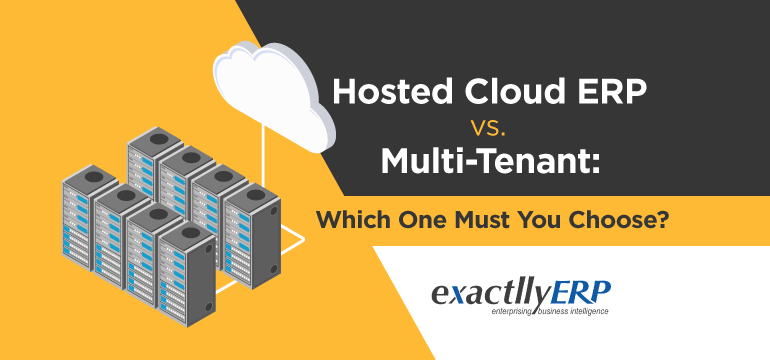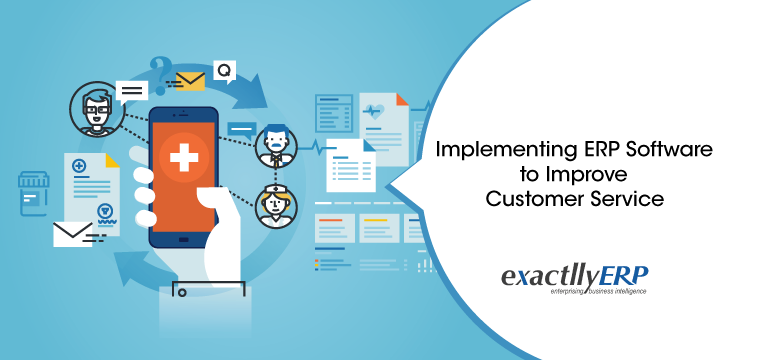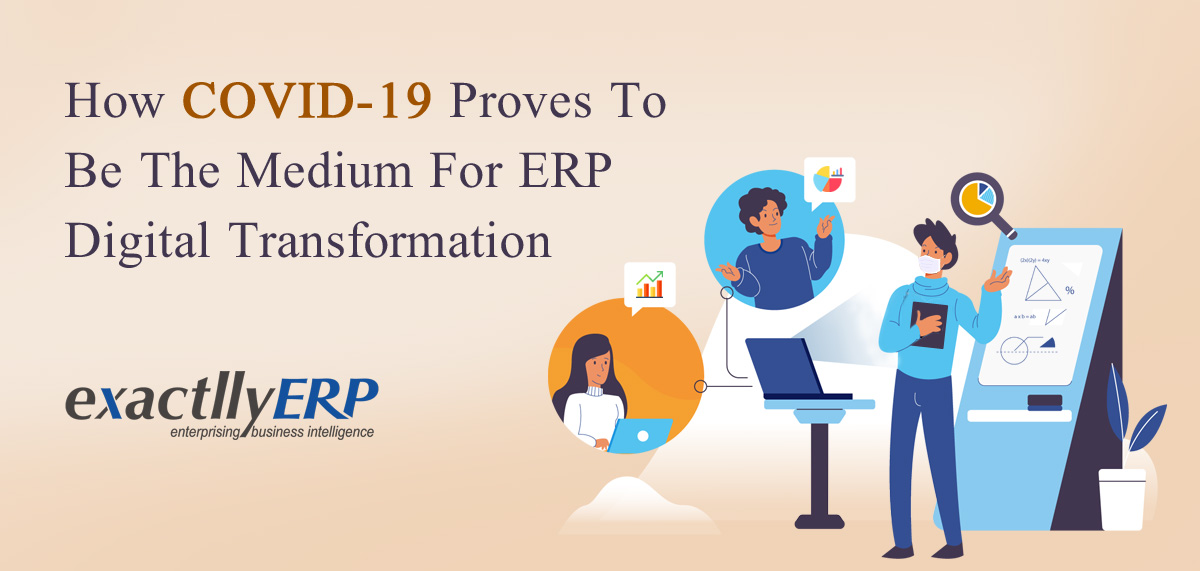Ways of ERP Deployment in an Agile Manner
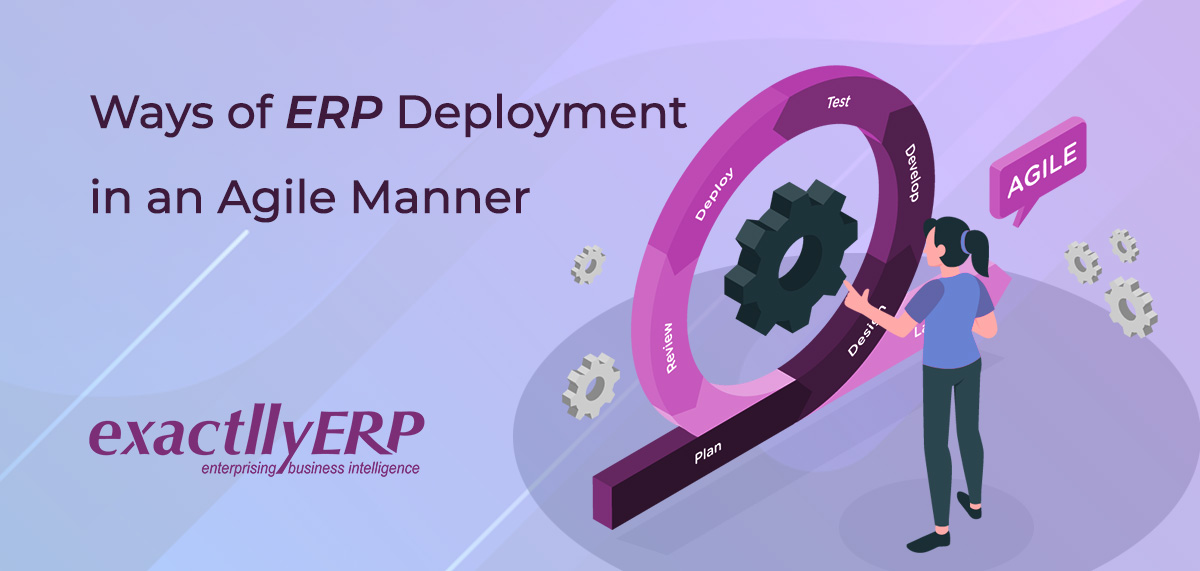
Enterprise Resource Planning or ERP software is the ultimate asset for most big organizations. Still, ERP transformations are intricate and time-consuming. When ERP deployment is done in an agile manner, an organization can streamline all its ERP projects. However, IT experts have a different view when it comes to connecting ERP systems with agile. They think that agile is incompatible with cloud ERP. But currently, several organizations are adopting agile practices in diverse situations that are proving the opposite. Businesses can get quantifiably improved results on the application of agile to ERP programs. We will now find out how ERP deployment strategy can guarantee constant innovation with the help of minimal steps. Stay tuned.
Perks of Agile ERP Deployment:
Certain operational challenges keep businesses busy as they move forward for expansion and growth. The challenges are mainly there because of no ERP transformation. For example, ERP in the retail industry and ERP in the construction industry are essential for harmonizing the various parts of the businesses. But now, applications must endure business value rapidly for boosting competitiveness and supporting innovation. Agile aptly enables ERP software to carry this out while delivering responsiveness to transformation. Hence, the advantages of ERP deployment in an agile manner are as follows:
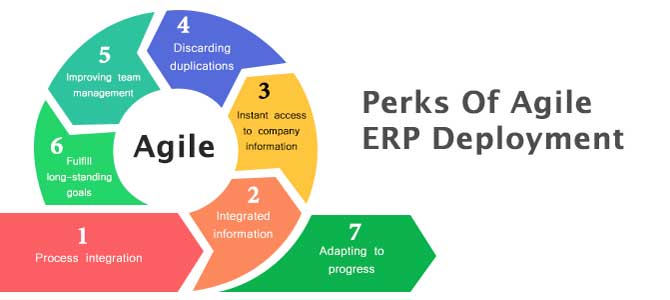
-
Process Integration –
The integration and centralization of business information in various processes like purchasing, finance, operations, and sales enable organizations to seamlessly develop business lines.
-
Integrated Information –
Any business with ERP deployment can carry out all activities in a single central location where it is possible to attain the breakdowns and analysis of all environments. With this, employee training will be simple as the workforce can get access to data instantly, thereby offering them the capacity to respond rapidly to the customers’ needs.
-
Instant Access to Company Information –
The work processes of an organization get registered in the ERP software they use. This functionality is very helpful as it enables the users of the ERP system to stick to the best decision in the context of project management.
-
Discarding Duplications –
Within a business, when there is duplicate work and errors, not only it becomes unnecessary and time-consuming, but the business can bear the loss as well. But with an ERP system, duplicate data gets eliminated in all projects. This, in turn, helps in boosting productivity and eliminating administrative work.
-
Improving Team Management –
ERP software implementation in an agile manner comes with lots of benefits. For instance, agile methodologies help with work automation and discard the chances of prospective errors. End users thus receive an analytical role instead of a time-consuming and operational one.
-
Fulfill long-standing Goals –
Today’s business environment is competitive, which is why organizations can never afford to stand still for a long time. When they choose the agile approach for ERP deployment, they are embarking on a path to meet all long-standing objectives of the business.
-
Adapting to Progress –
Modern businesses of today’s world, whether in the healthcare or retail industry, can outshine their competitors when each facet of their processes is joined together. ERP deployment is something that acts as a highly functional tool for joining those dots. Organizations need to be discussed with their ERP partner Exactlly before taking on the agile approach to ensure best implementation practices. The agile implementation approach is the more popular one as it enables partner teams and customers to constantly adapt and deliver perks in increments and define progress to the workforce and the business as an entirety. Such constant progress delivery is motivating for any business and its customers.
Going further, the benefits of Agile look like:
- A team consisting of workstream representatives from the partner and customer is managed by it.
- Continuous learning and amendment along with incremental value delivery.
- The practice of ongoing delivery is a self-fulfilling prophecy.
- Organizations can get a clear picture of the objectives and get hands-on built-in steps for reaching that goal.
- After every repetition, the team will re-assess and enhance the approach.
Getting Started With ERP Deployment Strategy:
How software is transforming the business landscape currently, how fast a business can bring innovation will be determined by the pace at which the software is transforming. The same thing applies to the competitors of a business as well. The commercial edge is for that business that can manage transformation and deliver value most effectively. This is the space where ERP deployment in an agile manner comes in. Such ways of ERP deployment will not just optimize the procedures of application development but will also eliminate waste. ERP deployment strategy that businesses must apply for becoming more responsive are listed below:
-
Comprehend the meaning of Agile –
It might seem too obvious to some, but businesses need to understand the differences between waterfall and agile.
In the former one, the ERP projects are all pre-planned along with solutions that are designed upfront. These are then delivered through a structured course of steps starting from development via regression, release and testing.
When it comes to agile, the probable challenges and the linked solutions are not always documented upfront. With agile, projects are scattered in smaller chunks that experience delivery in short iterations known as sprints. Therefore, businesses need to accept uncertainty when dealing with agile and also accept that solutions will evolve. By this, the risk of delivering the incorrect thing also gets reduced.
-
Developing a Business Case –

An ERP business collaboration in an agile manner demands businesses to first understand the benefits it will bring. Applications must deliver optimum business value fast for augmenting competitiveness and endorsing innovation. ERP is powered by Agile to exactly do this. Organizations can begin by asking questions such as:
What is the cost of delivering applications now?
How much does it cost to react when a competitor already gets hands-on market share as they arrived first?
What is the present expenditure of downtime and application failure?
What is the amount of time that is spent on fixing and testing?
How much will it cost to delay application delivery?
How can a faster delivery convert in revenue terms?
A business can analyze the cost and time of testing activity and development by looking at timesheet bookings and historical data. The agile approach will help decrease development cycles, add efficiency to the app delivery process, boost stability and quality, and offer more feedback and collaboration. All this will give a boost to the sales order of an organization as well.
-
Reorganizing Teams around Products and Projects –
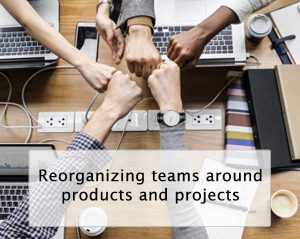
With a traditional ERP system, businesses are accustomed to handing over the various requisites to the development team that sends them to the testing teams. So these cycles were followed for delivering the needful.
But when it comes to picking ERP deployment strategy in an agile manner, businesses need to address how the teams are organized and how they interact. Here there is no presence of a detailed specification which is why the team members must work with open channels of communication. Therefore, successful agile adoption in ERP is more about multifunctional and smaller teams operating together for delivering specific requirements.
This works amazingly for smaller enhancements. It is because delivering these faster is possible along with flexibility. Larger projects can also benefit from this.
-
Learning about the Stakeholders –

Everybody might not think agile to be a very effective idea. Especially when in connection to ERP deployment, many will reject the very idea. So businesses need to evaluate who will have the most impact from this in the organization and make it a point to include them in the entire process. This includes testing teams, exec management, development teams and a lot more. In this entire process, realism is a very big factor to be considered. There will be people who will expect that the agile approach will solve all current problems. So businesses must find a way to manage people’s expectations by making them realize that agile adoption is an entire journey.
-
Starting Small –
Switching to ERP software implementation in an agile manner overnight is never possible. People will need time to adapt to it. So it is always recommended to start small for learning and understanding the process. It is absolutely fine when mistakes take place as the workforce will be then trying out varied approaches. Agile is a typical approach, but it will largely vary when applied to varied organizations.
Final Say:
The perks of ERP deployment in an agile manner are now clear to us. But a business to be successful with this kind of approach will require important tools for managing the entire process. It will also help put forward the needed reporting and workflows to the workforce with the tools. Along with this, thinking about the ERP system itself is also important. A mature tool will help in automating the transports for guaranteeing the correct handling of dependencies. It will also ensure that cloud ERP implementation is taking place in an incorrect manner. Therefore, it is high time that businesses work on their ERP development strategy to embed the agile process within their company culture. One great option that businesses can choose presently is exactllyERP, which helps organizations realize the benefits of an agile approach in their Free Demo. Contact Us today.
FAQ:
(1) Can Agile be used for ERP Implementation?Yes, agile can be used for ERP implementation. Agile practices can help in mitigating the challenges and risks that infect usual ERP implementations in various ways. (2) What is ERP Deployment?ERP deployment is the ERP software system installation procedure where data migration takes place to the new system. It also includes user training about the correct utilization of the software. (3) What is an ERP Strategy?ERP strategy is the step-by-step guide that organizations follow for influencing and shaping the application, utilization and implementation of ERP software. (4) What is Agile Implementation?Agile implementation is a type of project management that functions in small increments. An agile plan offers more flexibility for transformations to the product. (5) What are the four core principles of Agile Methodology?The four core principles of agile methodology are:
(6) What are the steps to Implement an ERP System?The steps to implement an ERP system are setting objectives, defining the scope, evaluating options, data migration, checking infrastructure, customization, change management, knowledge and technology transfer, testing and project management and going live with ongoing support. (7) Is Agile an ERP System?Agile is not an ERP system. Instead, it is an approach for getting the ERP system operational as fast as possible. (8) What is an ERP Project?ERP project is a method of enterprise software that employs the features and practices of project management. ERP project also supplies a holistic overview of an organization’s processes in comparison to a traditional ERP. (9) What is the ERP Process?ERP process includes software installation, shifting the financial data to the new system and configuring the business processes and users. (10) What is the ERP Implementation Process?The ERP implementation process evaluates the present business practices, planning strategically, streamlining the various operating procedures and installing the software. |

